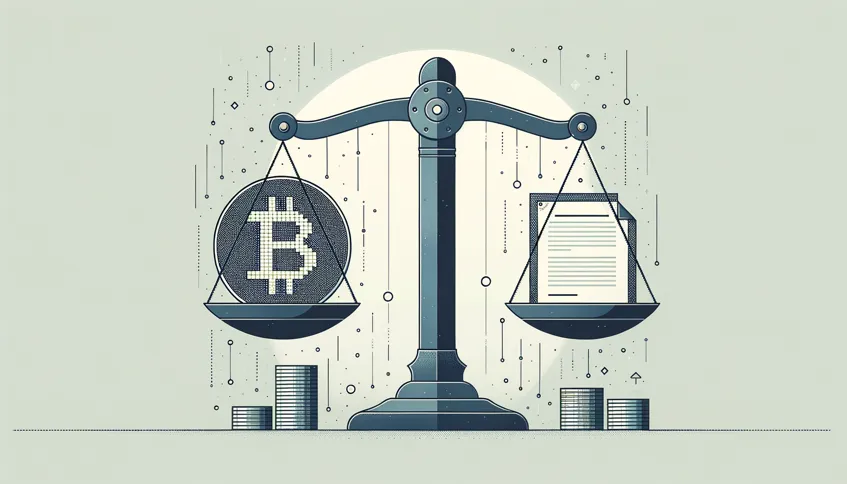Casascius Coin Dilemma
Owners of original Casascius physical Bitcoins query whether to redeem due to potential hologram/sticker degradation or preserve the graded collectible. Discussions highlight the artifact's rarity and potential collector value, which may surpass the underlying BTC, complicating the decision between securing Bitcoin value and maintaining numismatic premium.
Mt. Gox Payout Reality
Former Mt. Gox users confirm receiving bankruptcy payouts. These are settled in fiat equivalent to the asset value at the time of the 2014 collapse (e.g., ~$1,000 for 2 BTC), not current market value. It exemplifies CEX counterparty risk and the potential loss during protracted bankruptcy proceedings.
Bitcoin vs. Gold in Debt Cycles
Analysis comparing Bitcoin and Gold during major debt cycles emphasizes BTC's potential advantages. Its native digital nature allows for superior global transactability and verifiability, unlike gold which often relies on centralized, potentially unreliable proxies for large-scale use, enabling direct peer-to-peer settlement resistant to debasement.
Advanced CEX Security & Risk Mitigation
Discussions on mitigating CEX risks focus on advanced platform features alongside self-custody. Examples include Coinbase Vault, requiring multi-email confirmation and withdrawal time delays, paired with mandatory hardware key 2FA (e.g., YubiKey). These aim to reduce attack vectors, though inherent exchange counterparty risk persists.
Market Volatility and Trading Concepts
Recent high market volatility is linked to US/China tariff policy shifts and speculation (e.g., 90-day pause). Advanced traders note strategies like Smart Money Concepts (SMC) and Fair Value Gap (FVG) analysis for price action, alongside hedging. Awareness of market maker manipulation tactics is highlighted.
Links:

